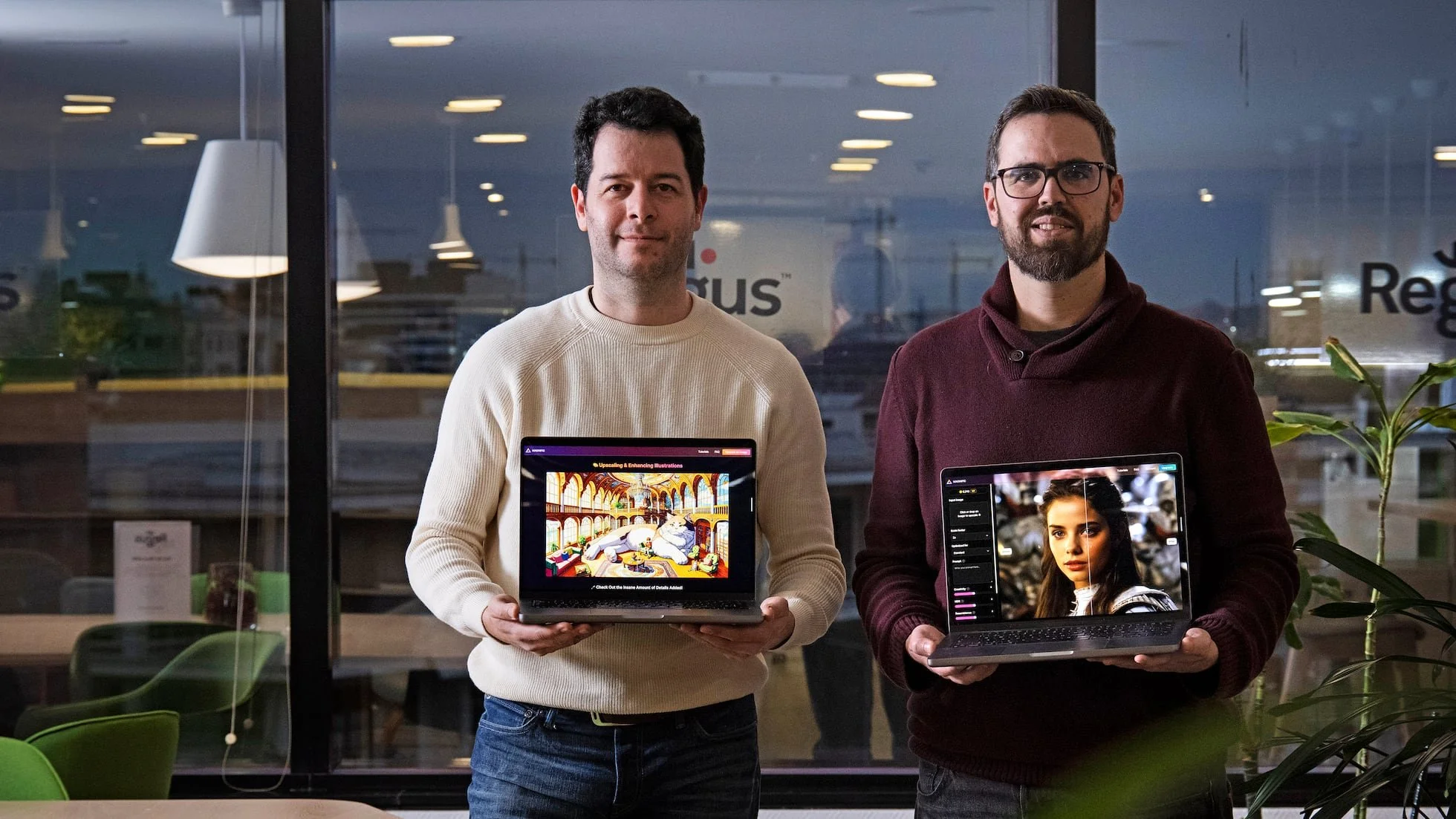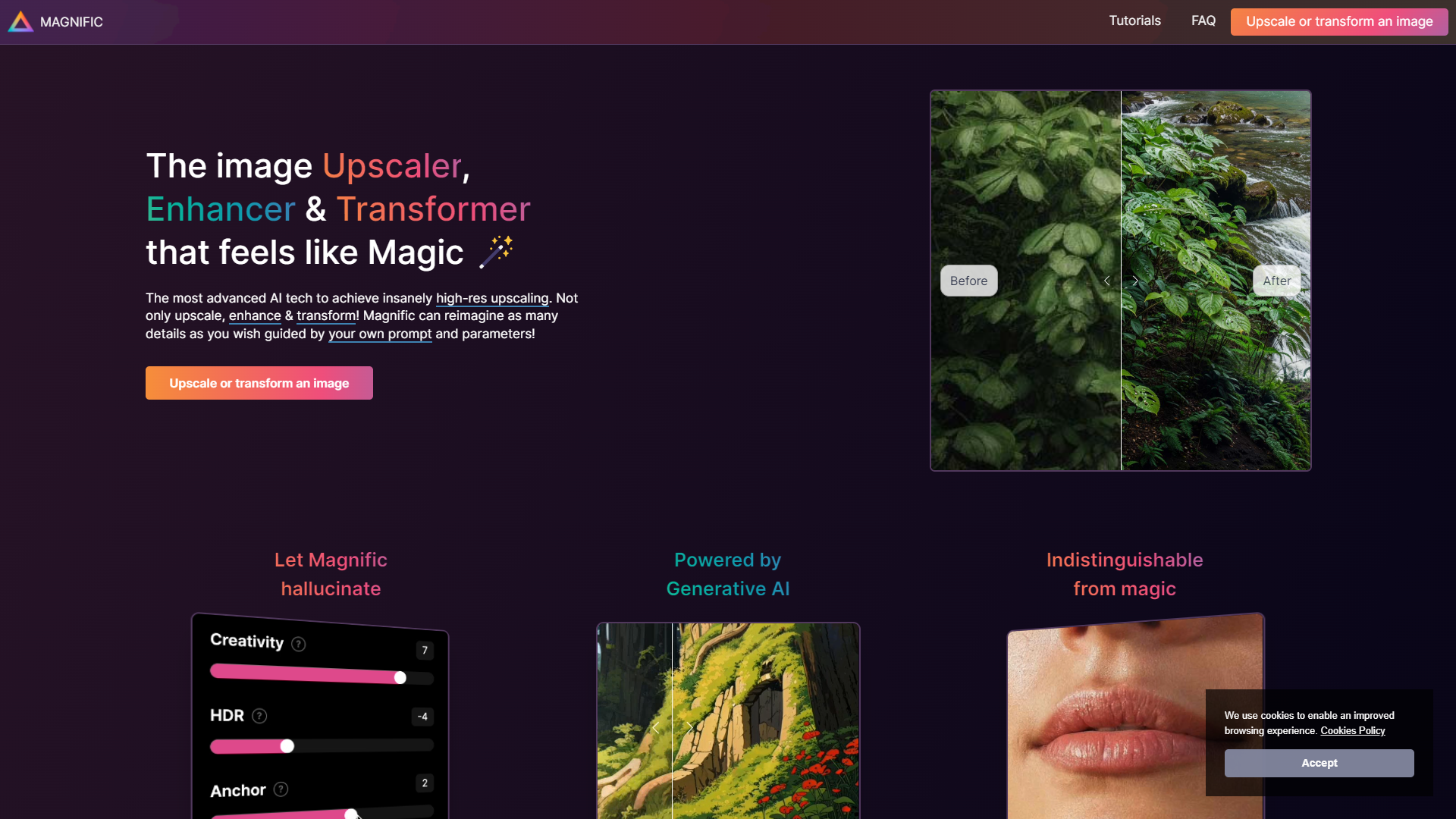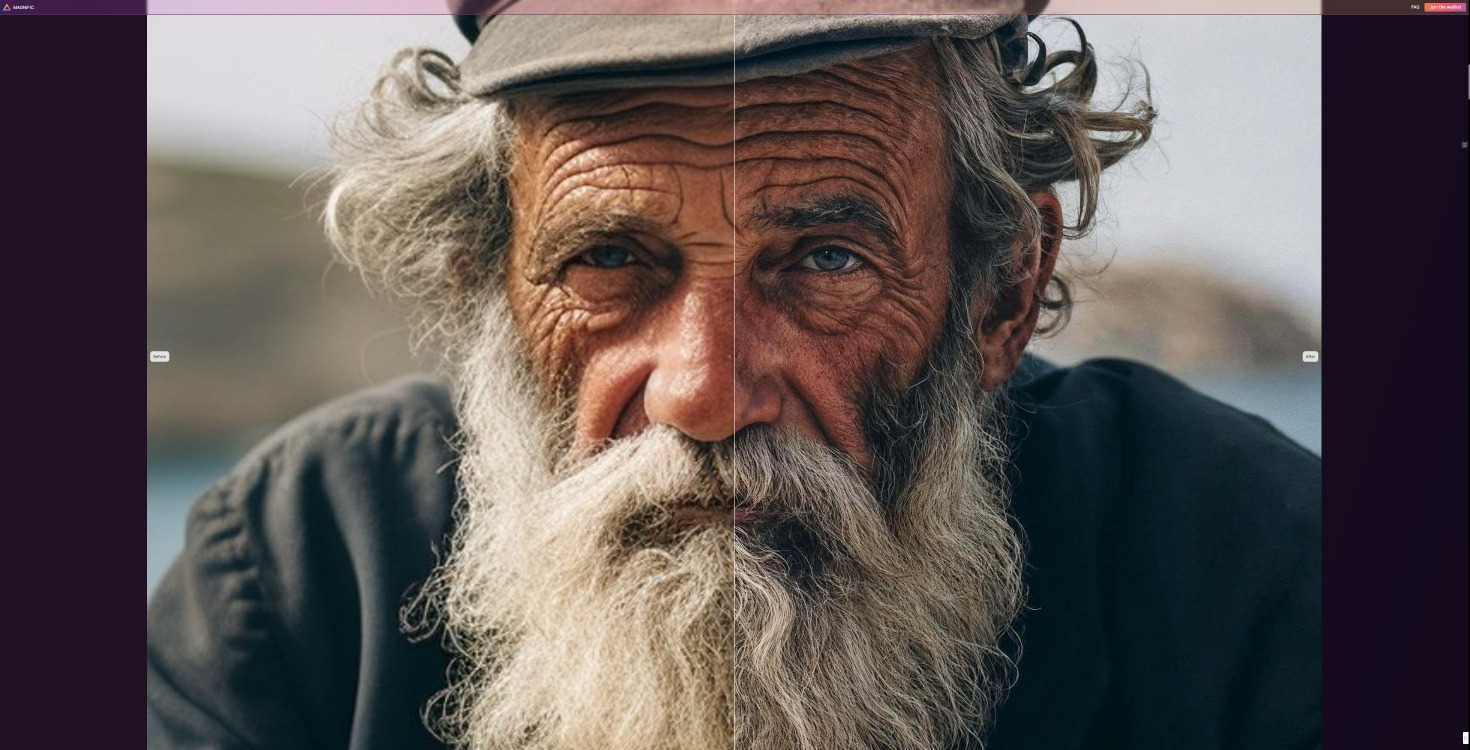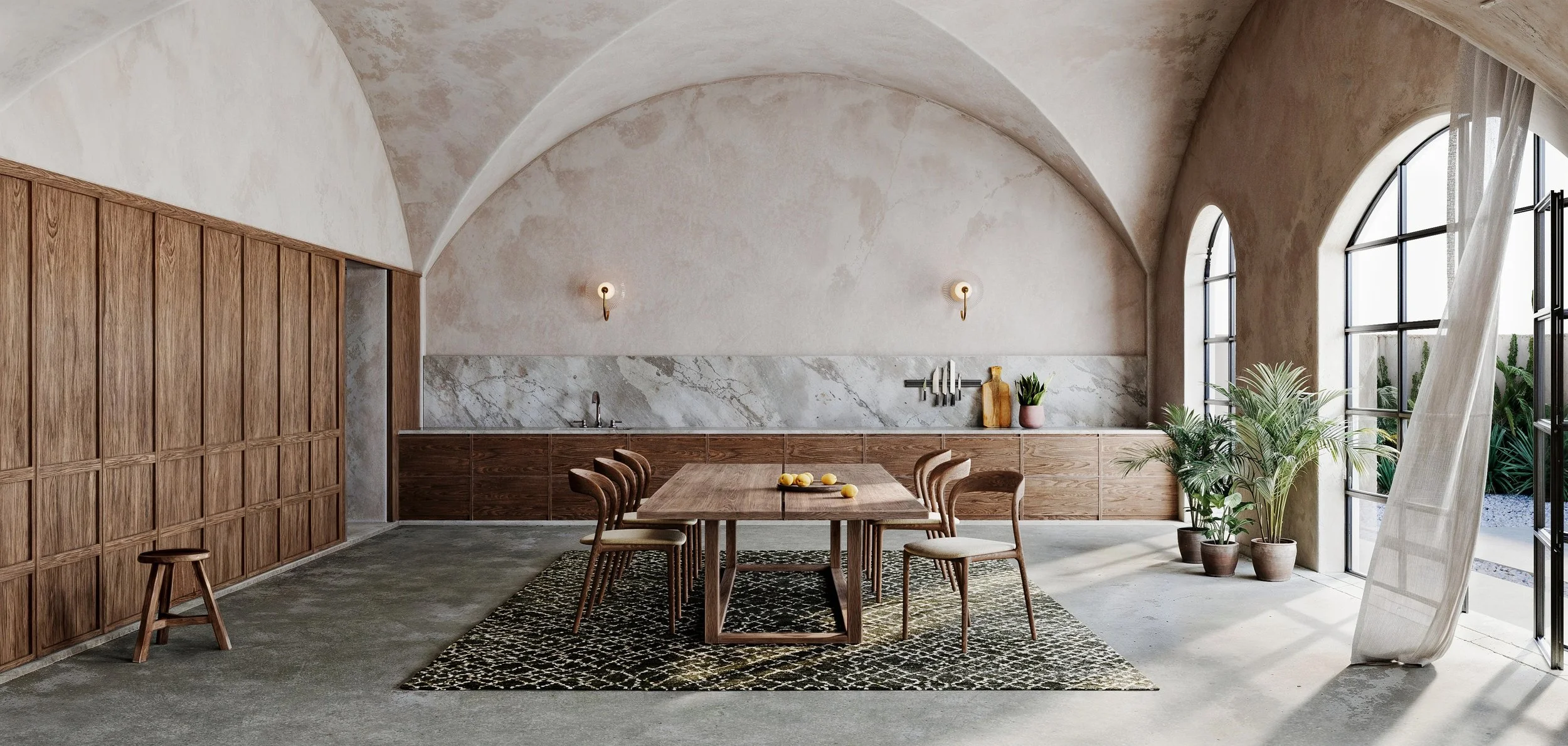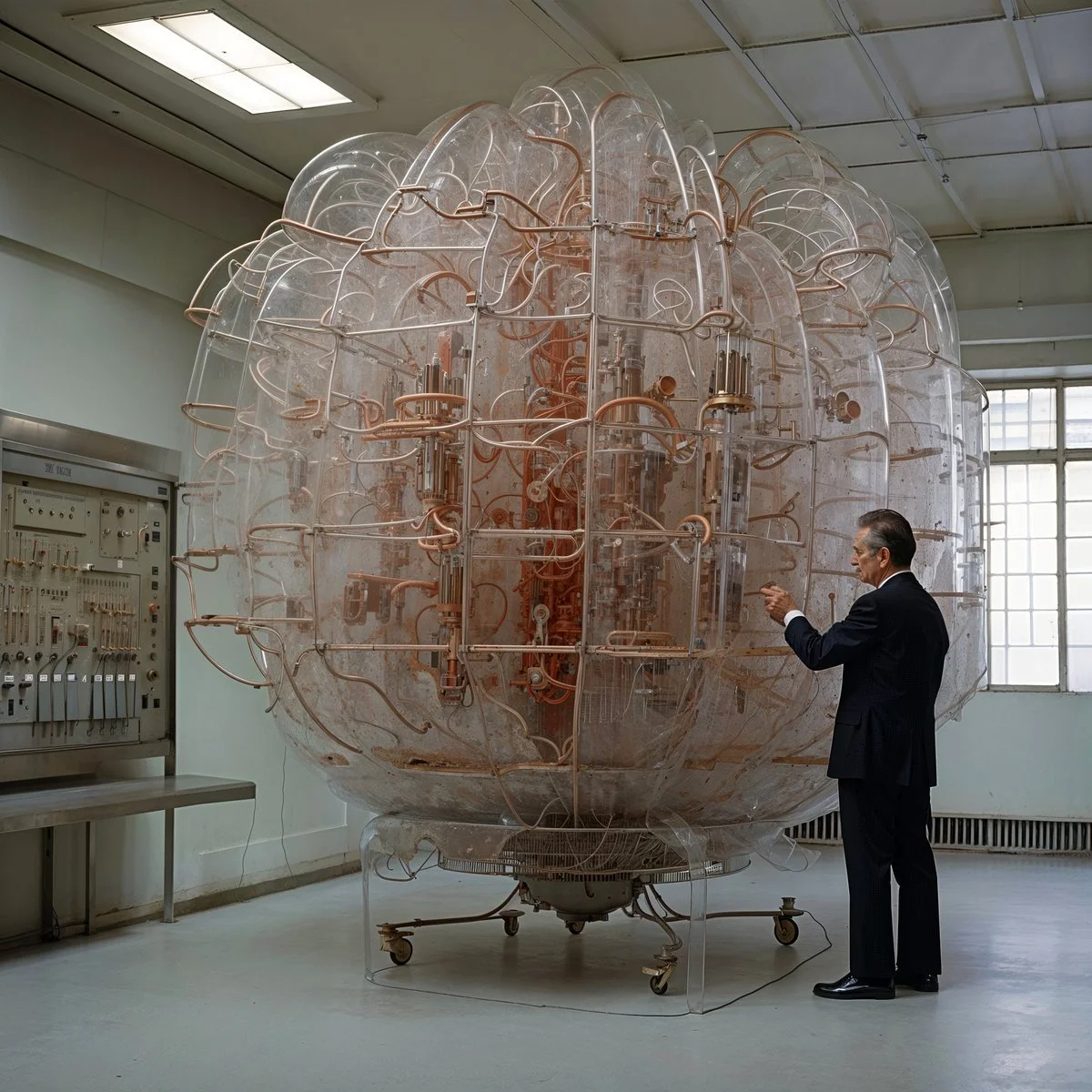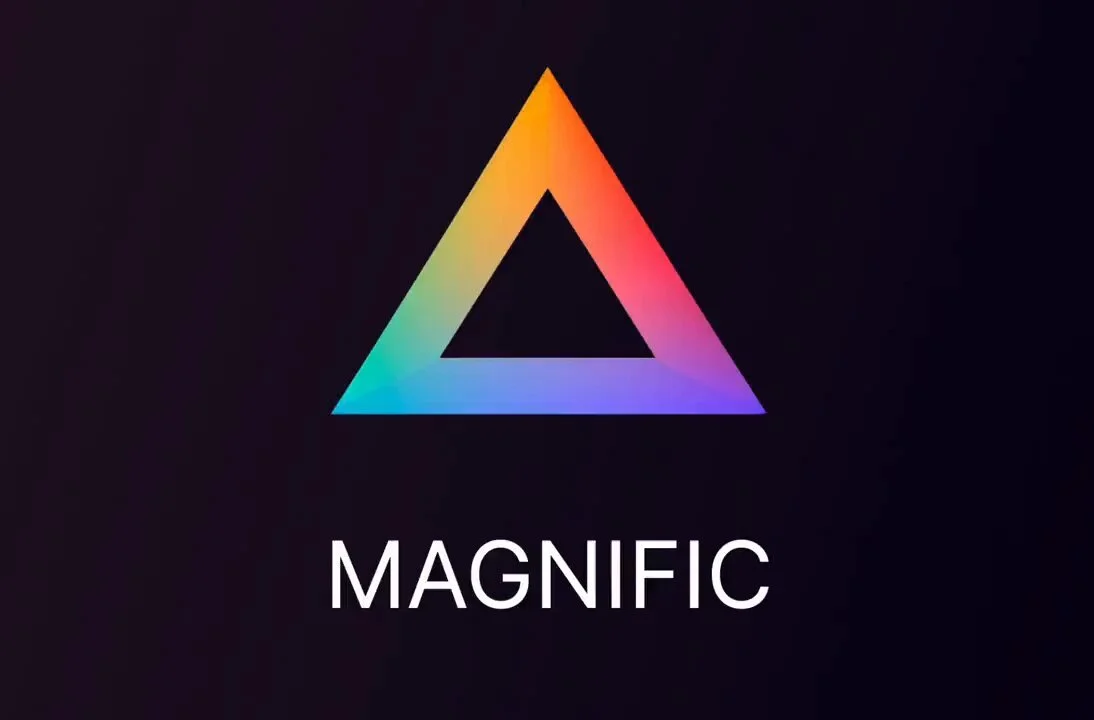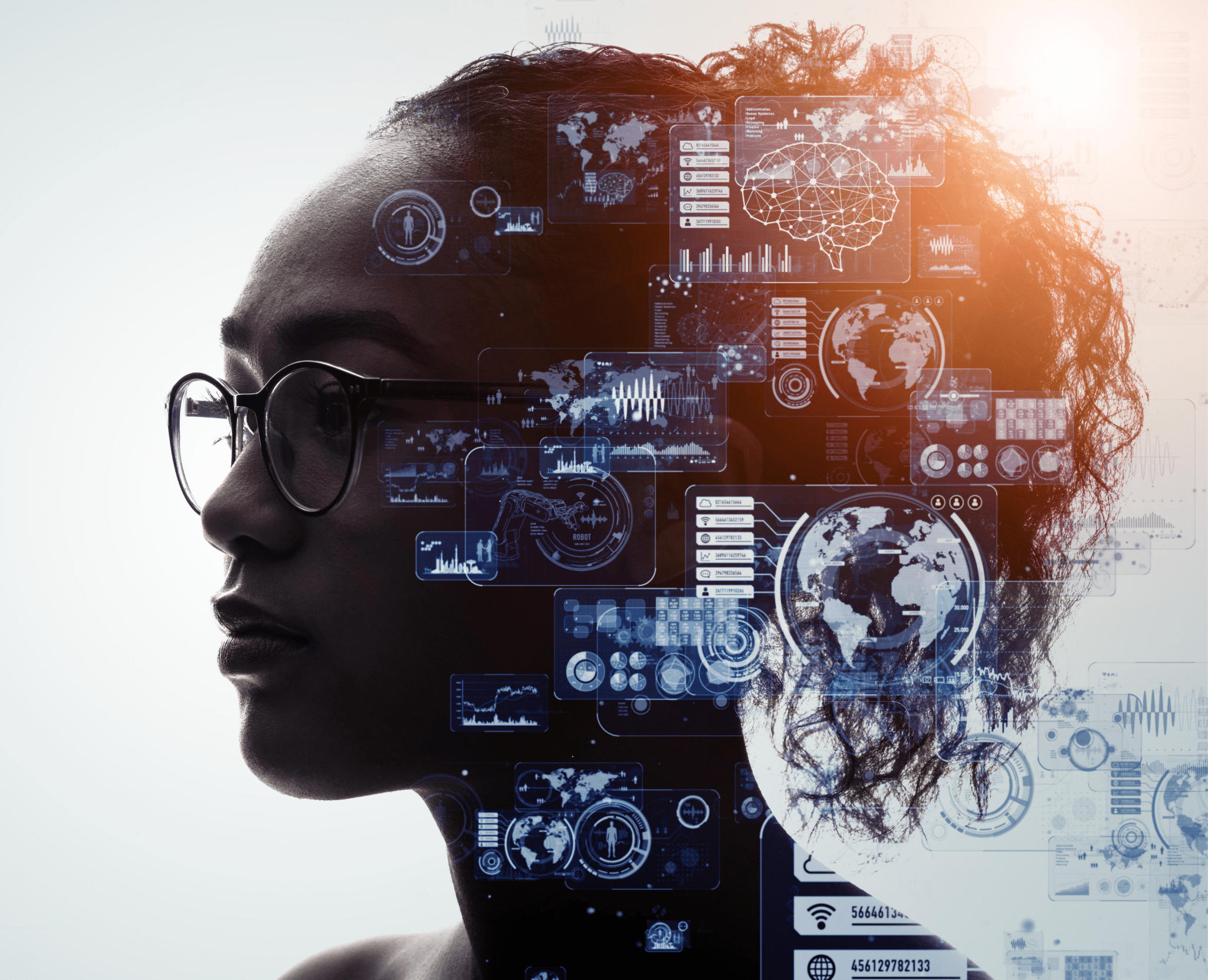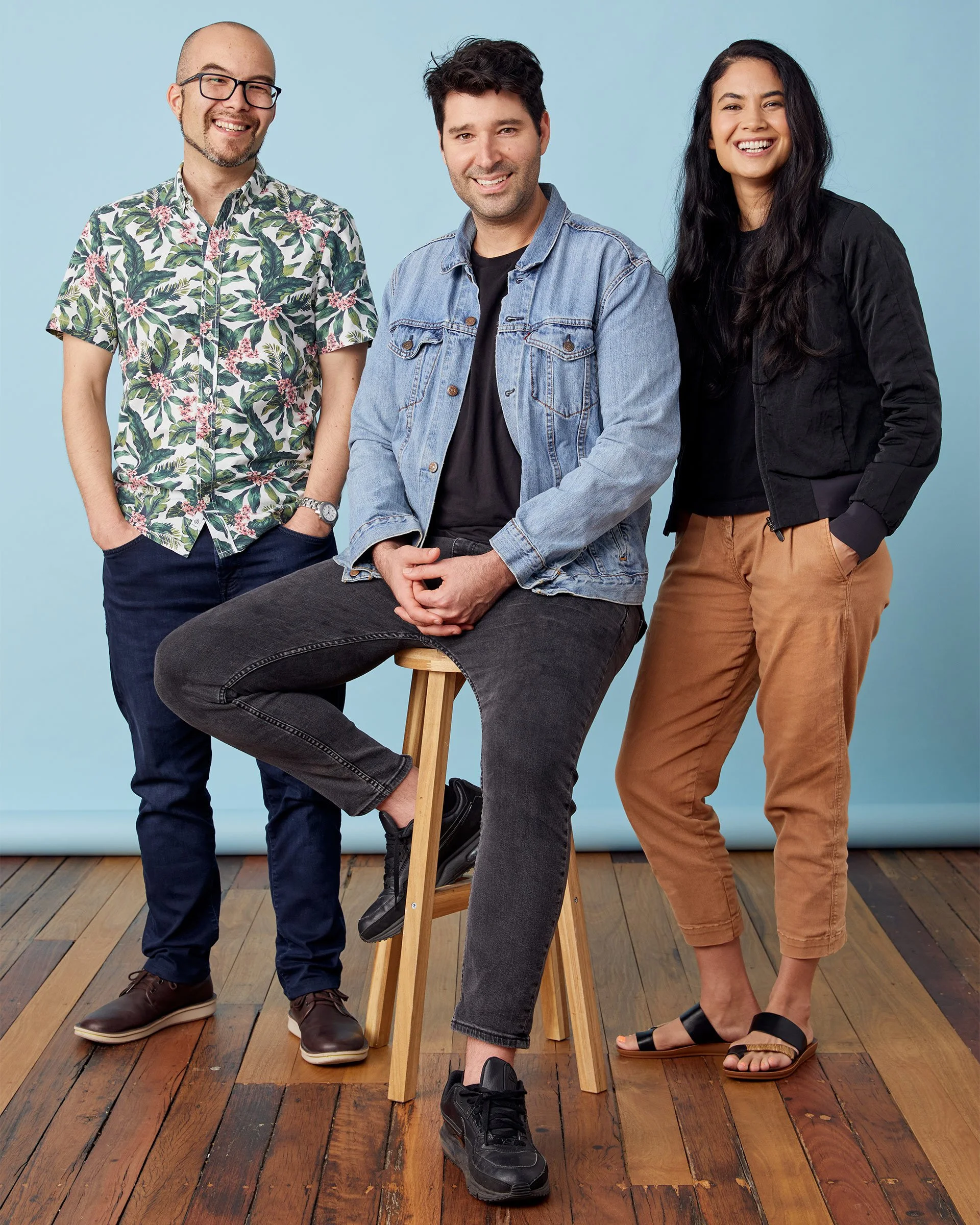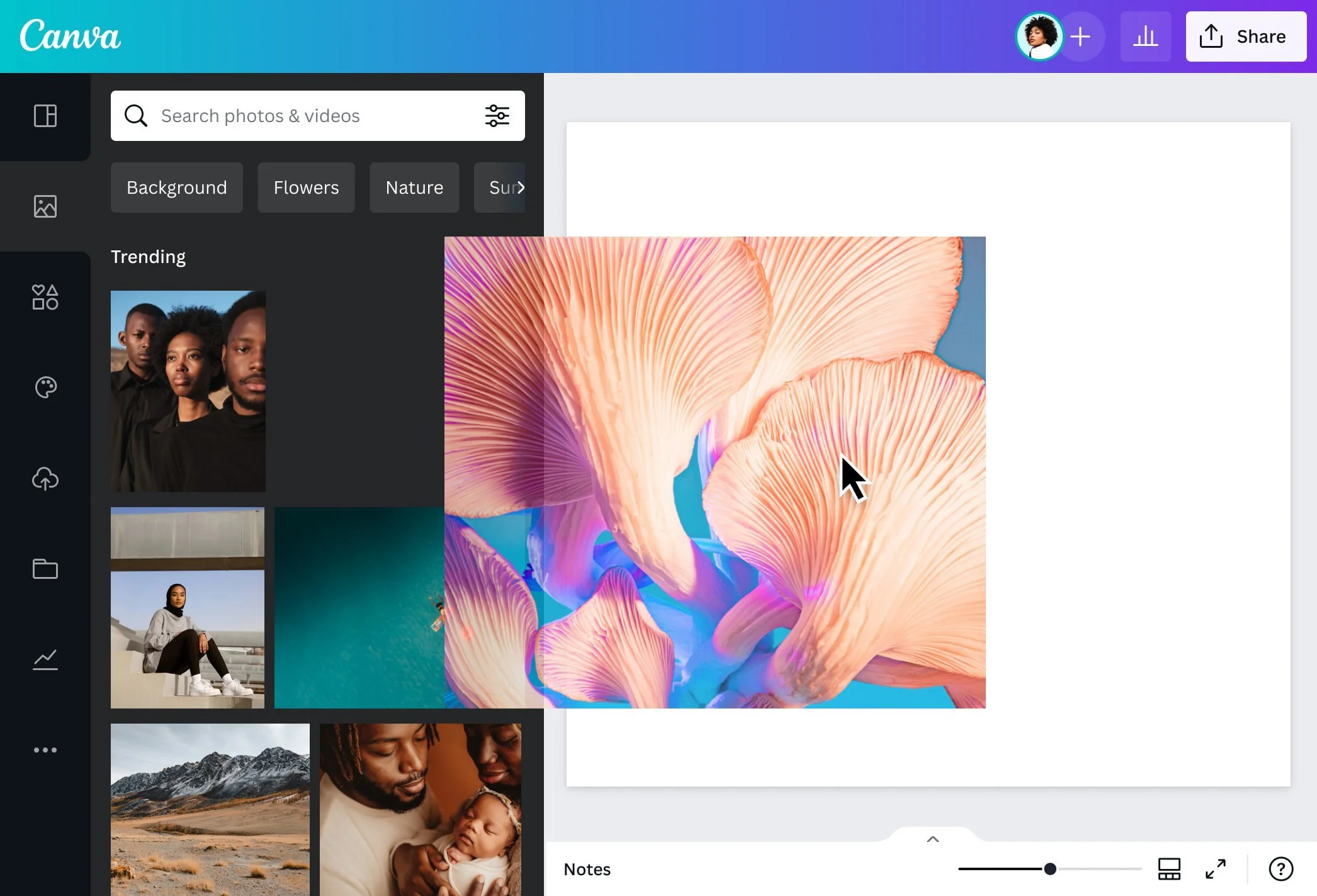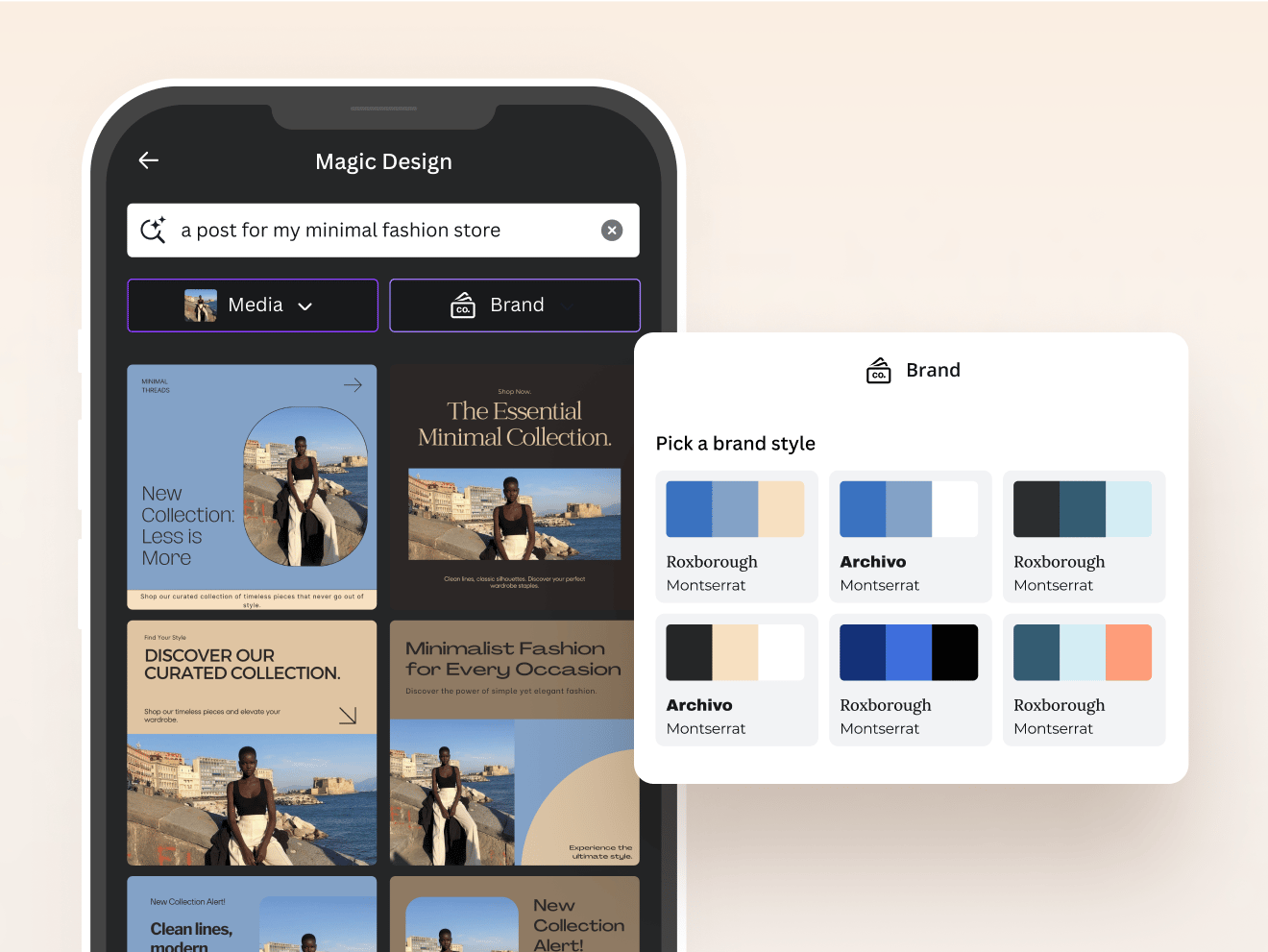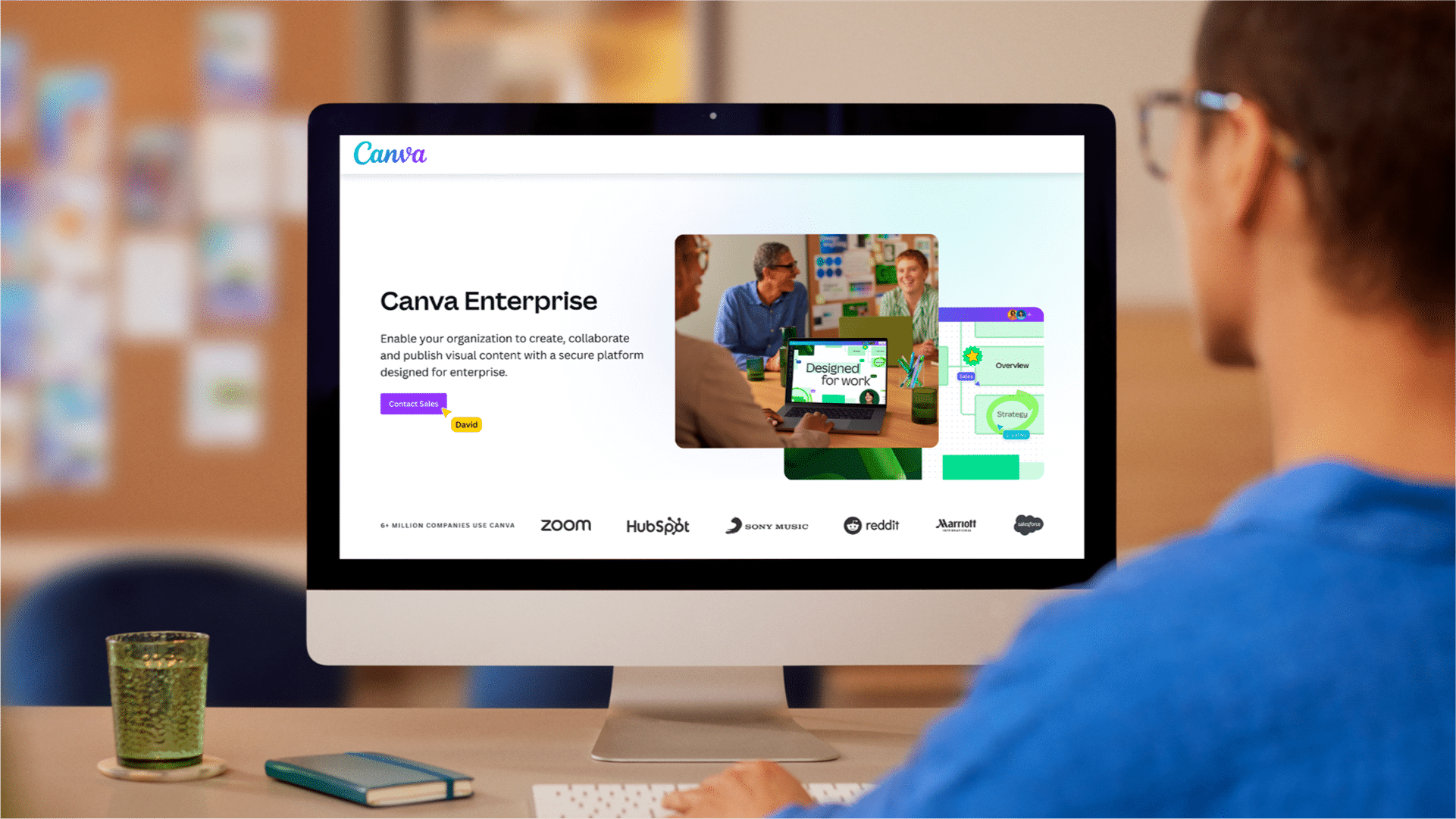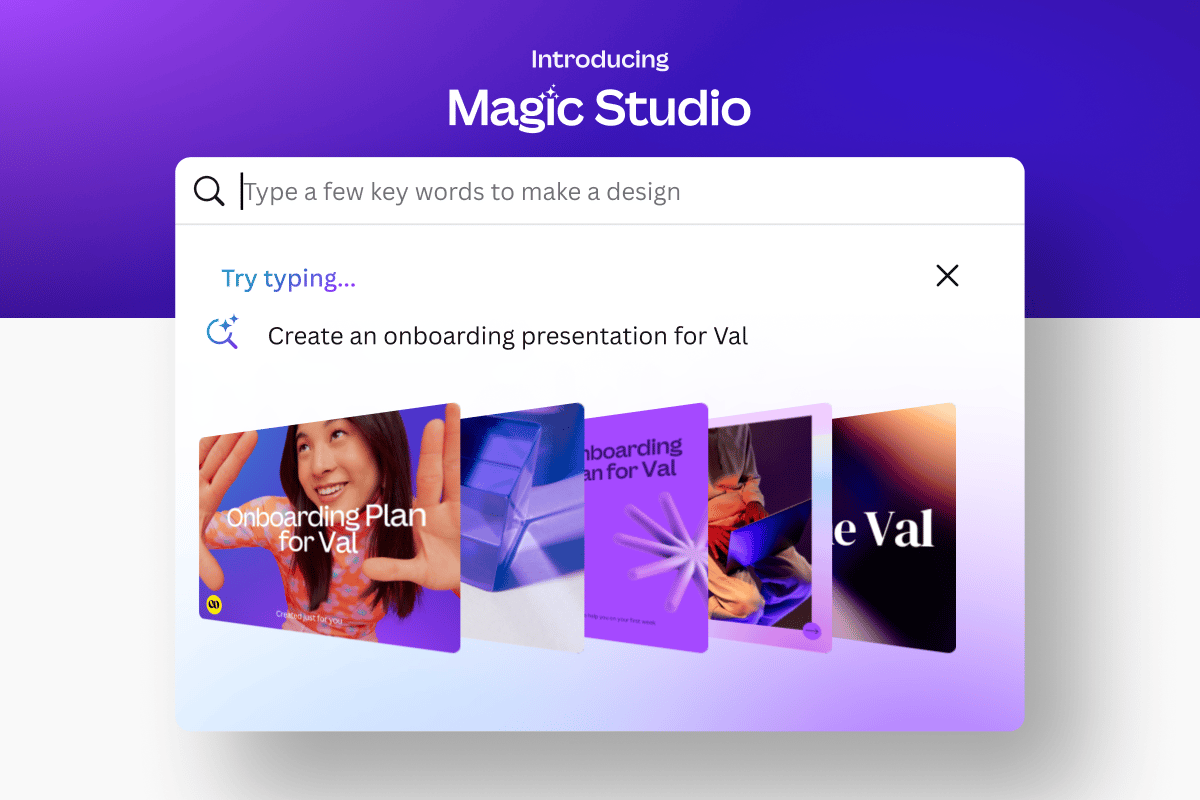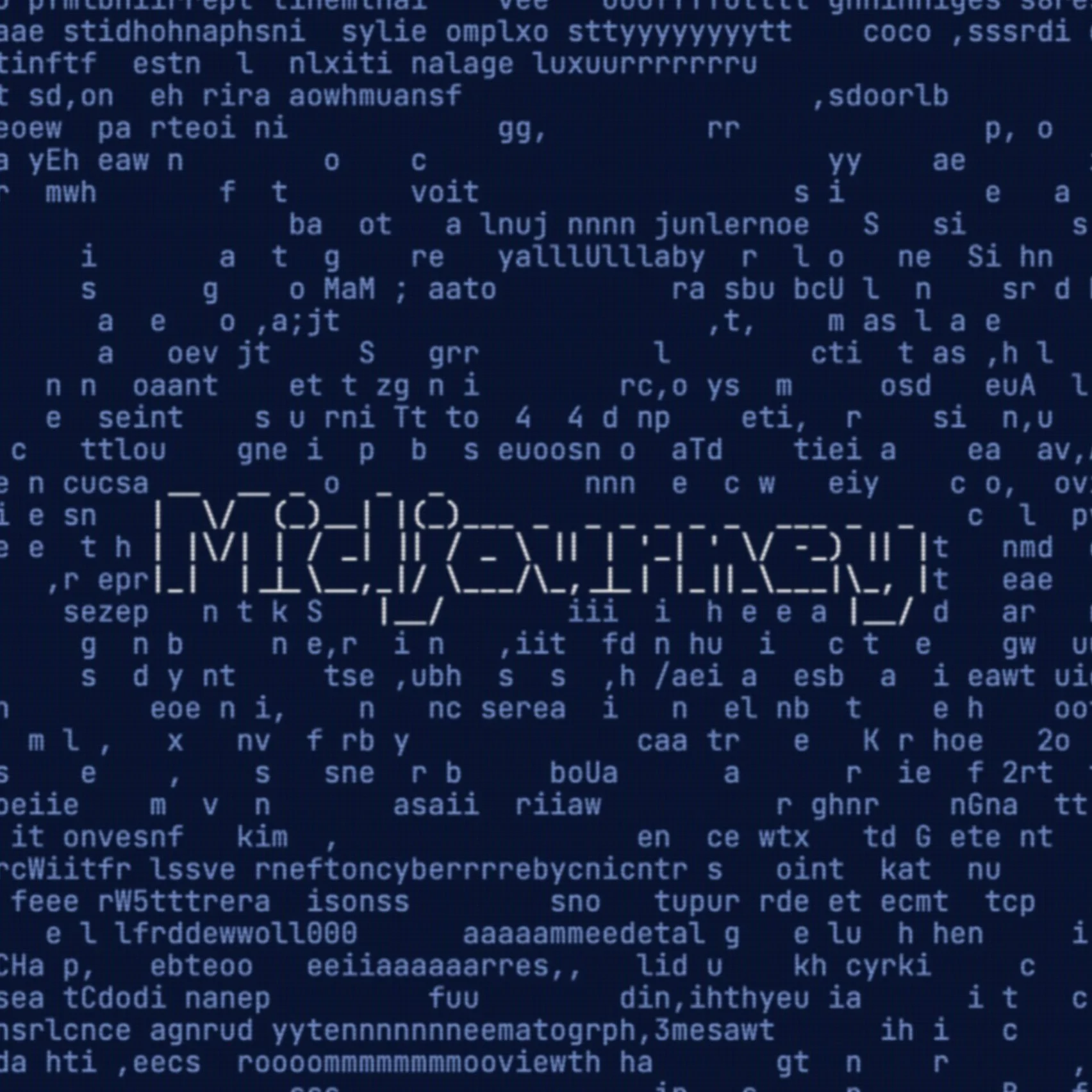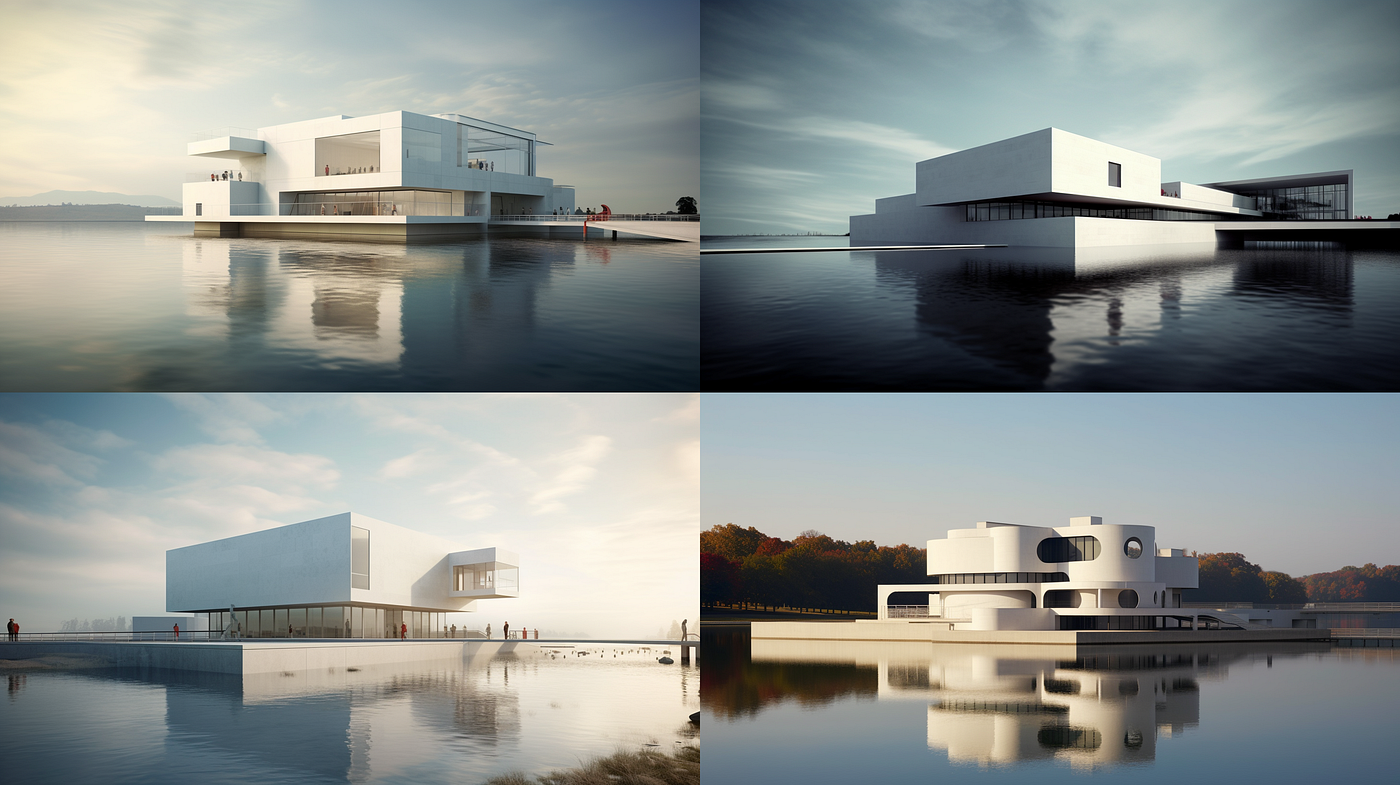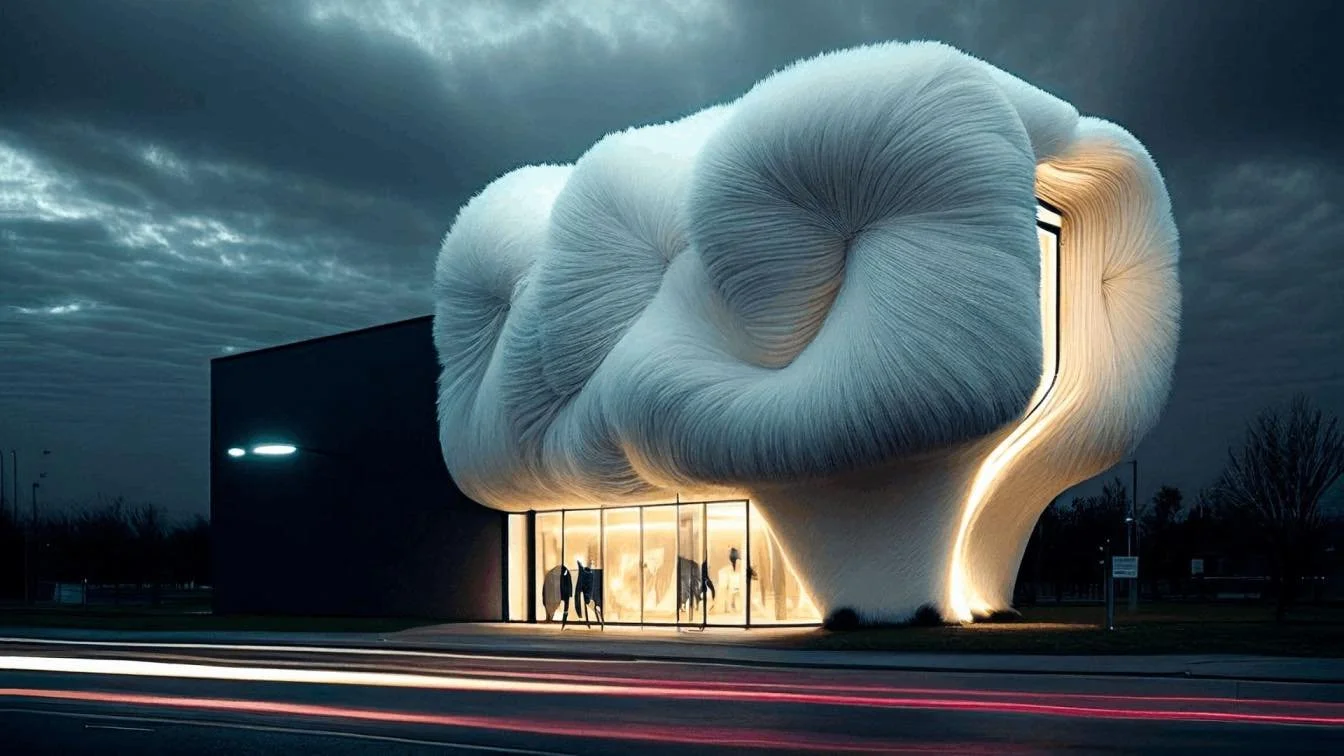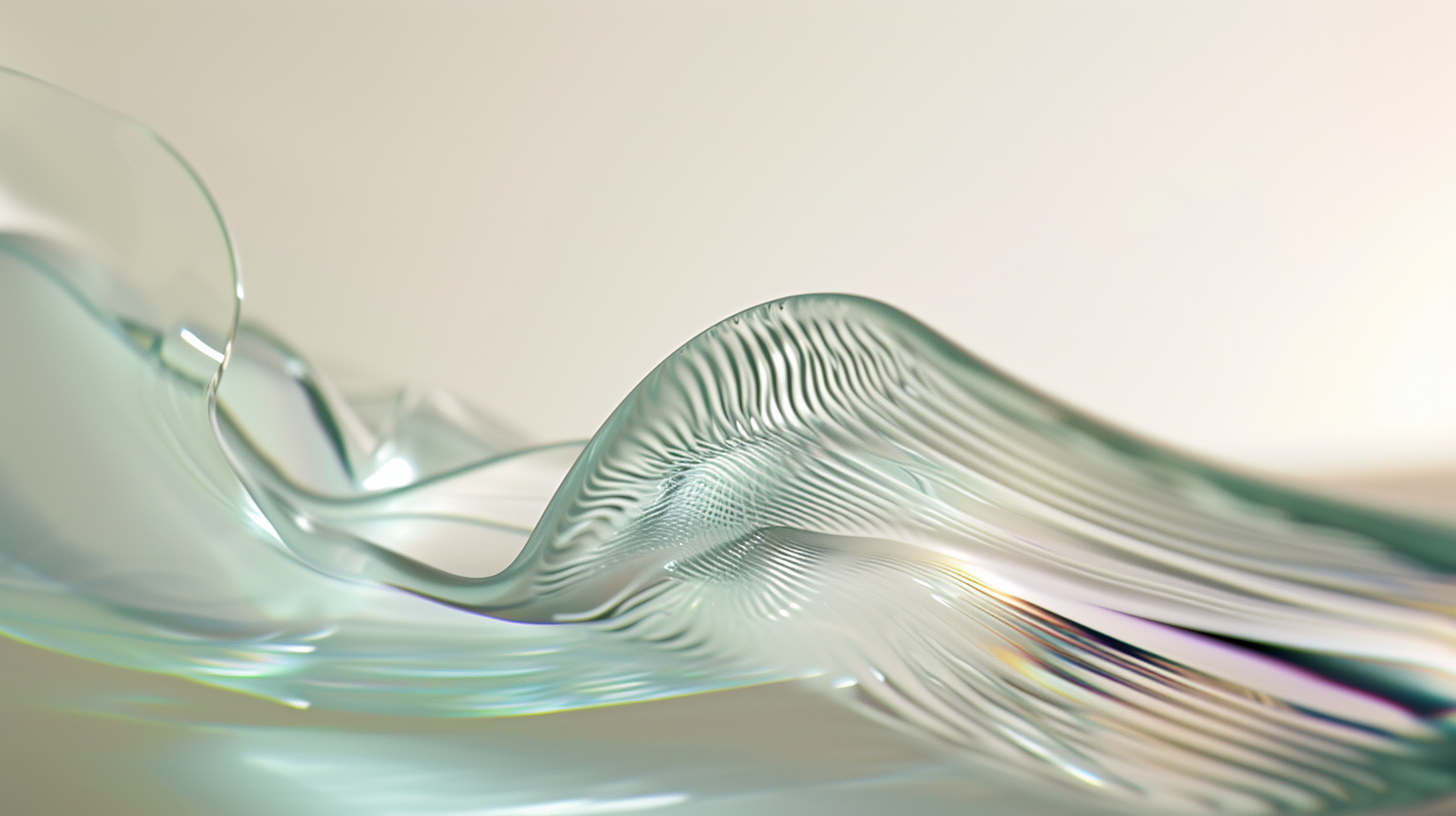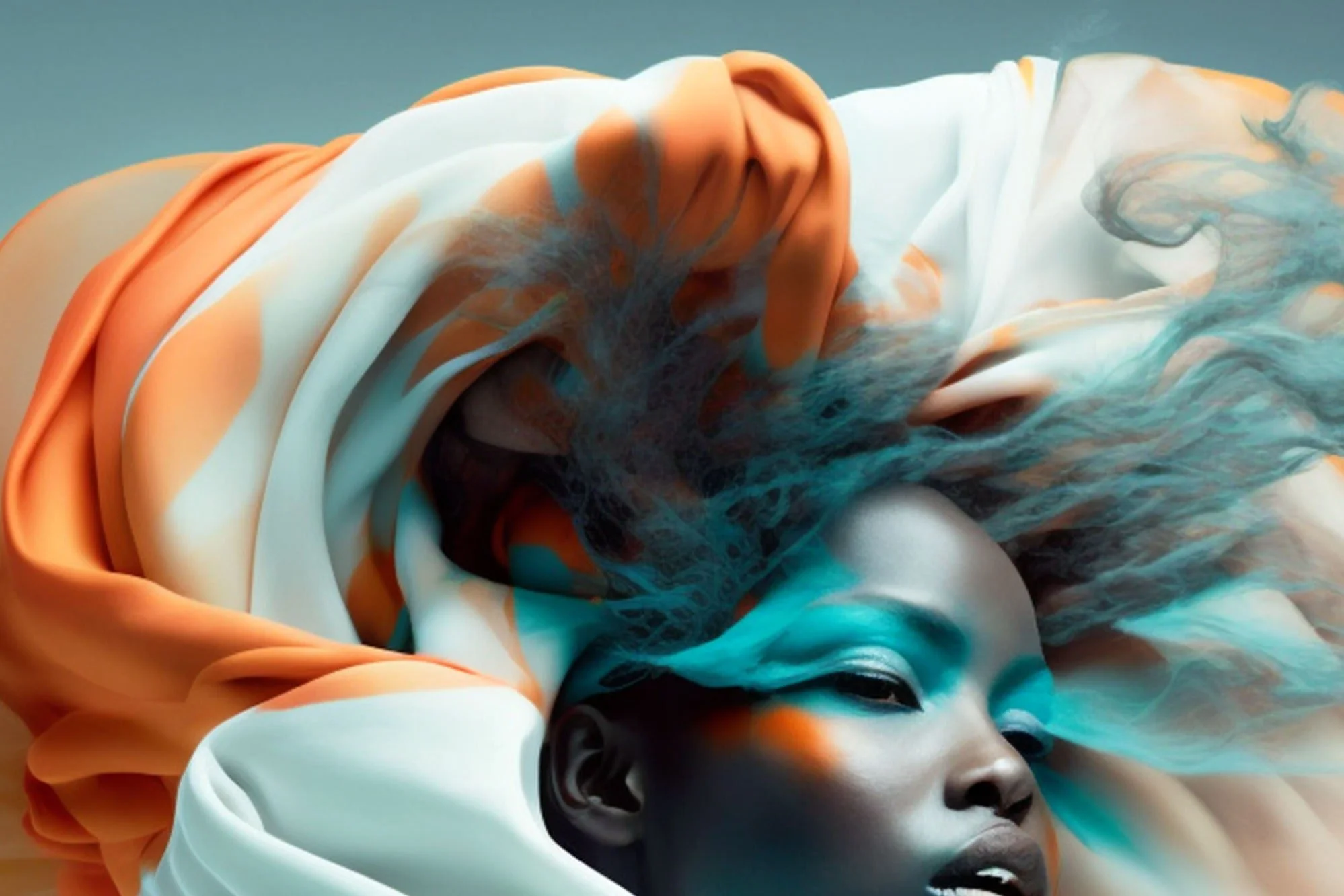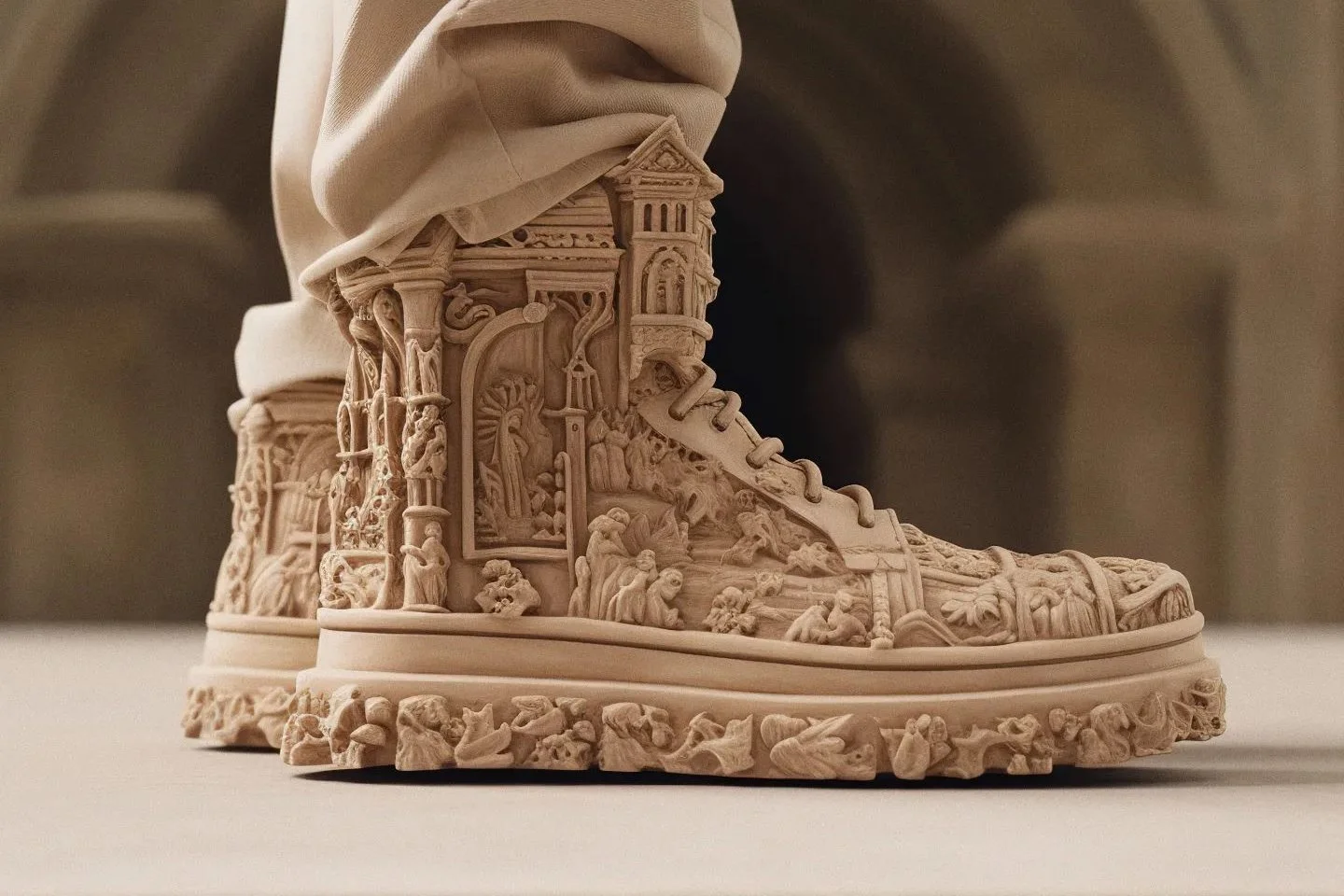 Image 1 of 10
Image 1 of 10

 Image 2 of 10
Image 2 of 10

 Image 3 of 10
Image 3 of 10

 Image 4 of 10
Image 4 of 10

 Image 5 of 10
Image 5 of 10

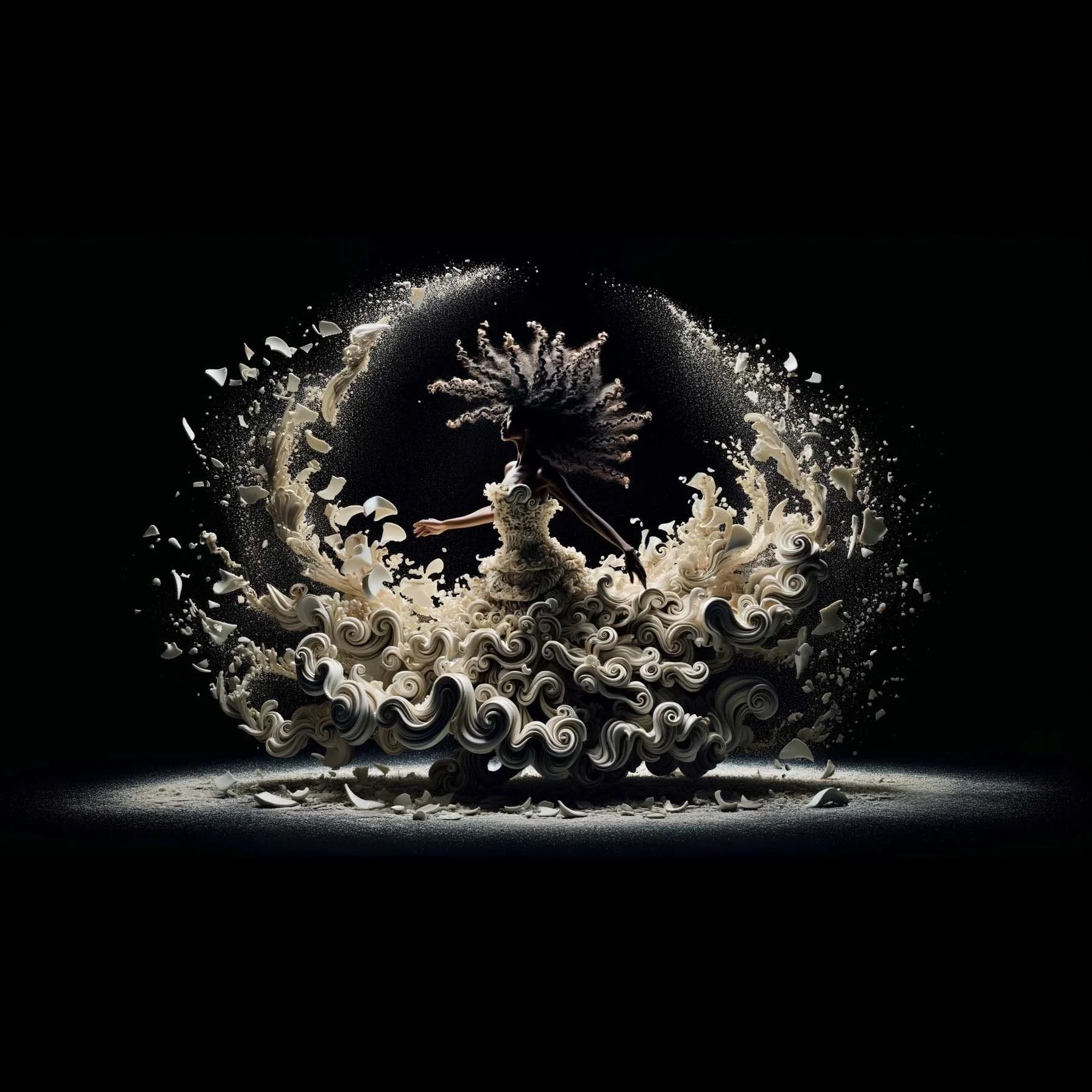 Image 6 of 10
Image 6 of 10

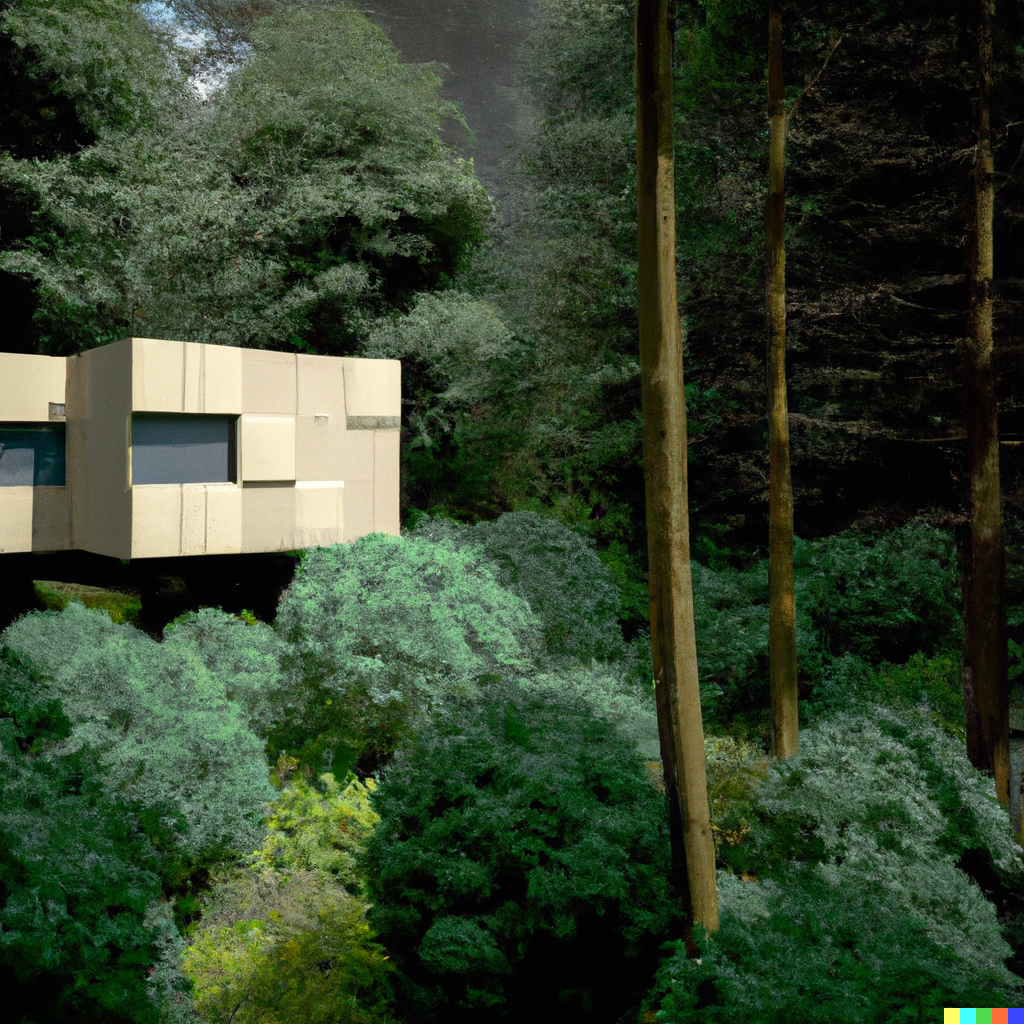 Image 7 of 10
Image 7 of 10

 Image 8 of 10
Image 8 of 10

 Image 9 of 10
Image 9 of 10

 Image 10 of 10
Image 10 of 10











DALL-E can visualise innovative solutions for planetary regeneration
DALL-E, developed by OpenAI and launched in April 2022, is an advanced AI system capable of generating realistic images and art from textual descriptions. Building on the success of its predecessor, DALL-E, this iteration offers enhanced image quality, resolution, and the ability to combine multiple concepts, attributes, and styles. DALL-E is designed to empower users to express their creativity through AI-generated visuals. Its primary users include artists, designers, marketers, and content creators.
Location
Headquarters: San Francisco, California, USA (OpenAI).
Operations: Global reach with users across multiple countries.
Strategic Reach: Cloud-based platform accessible worldwide.
The Circular Vision
Design Principles: Promotes efficient use of resources by enabling rapid image generation and reducing the need for extensive manual creation.
Resource Optimization: AI-driven tools optimise the image creation process, minimising time and energy consumption.
Life Cycle Considerations: Facilitates early-stage design and content creation, potentially reducing waste in later stages of production.
Leveraging for Good: Creators can use DALL-E to produce high-quality digital art efficiently, promoting more sustainable practices by reducing the need for extensive physical resources.
Pioneering Solutions
Key Features: Text-to-image generation, inpainting (editing and retouching), outpainting (expanding images), and generating variations of images.
Unique Value Proposition: DALL-E significantly reduces the time required to create high-quality, realistic images from textual descriptions. The platform's ability to generate and edit images based on natural language prompts sets it apart from traditional design tools.
The Regenerative Future
Ecosystem Support: Supports regenerative content creation by enabling the rapid production of high-quality digital art that minimises resource use and environmental impact.
Future Development: Continuous enhancement of AI algorithms to further improve image generation quality and efficiency.
Creative Empowerment: Empowers creators to focus on artistic expression by automating technical tasks, allowing for more innovative and impactful content.
Ethical Considerations
Data Usage: Ensures data privacy and security, managing the complexity of AI-driven insights while protecting user information.
Bias Mitigation: Implements measures to prevent or address algorithmic bias, ensuring fair and accurate outcomes.
Transparency: Provides clear, data-driven insights and recommendations, allowing users to understand the basis for optimization suggestions.
Guardrails: Includes safety measures to prevent the generation of harmful or inappropriate content, such as blocking violent, adult, or political content.
Challenges: Potential over-reliance on AI-generated content, possibly limiting human creativity if not properly balanced.
Fact Sheet
Availability: Available globally through OpenAI's platform and API.
RIBA Stages: Most useful in stages 2-4 (Concept Design, Developed Design, Technical Design).
Circular Potential: 5/5.
Key Integrations: Compatible with various digital platforms and software.
Cost Structure: API operates on a cost-per-image basis, with volume discounts available for enterprise customers.
Carbon Impact: Potential for reducing carbon footprint through efficient digital content creation processes, but platform's own carbon impact minimised through cloud-based operations.
Key Takeaway
DALL-E is at the forefront of integrating AI in digital art creation, offering a platform that dramatically reduces creation time while optimising for efficiency and quality. It has the potential to transform visual content creation, enabling rapid iteration and exploration of creative and sustainable options.
Explore Further
DALL-E, developed by OpenAI and launched in April 2022, is an advanced AI system capable of generating realistic images and art from textual descriptions. Building on the success of its predecessor, DALL-E, this iteration offers enhanced image quality, resolution, and the ability to combine multiple concepts, attributes, and styles. DALL-E is designed to empower users to express their creativity through AI-generated visuals. Its primary users include artists, designers, marketers, and content creators.
Location
Headquarters: San Francisco, California, USA (OpenAI).
Operations: Global reach with users across multiple countries.
Strategic Reach: Cloud-based platform accessible worldwide.
The Circular Vision
Design Principles: Promotes efficient use of resources by enabling rapid image generation and reducing the need for extensive manual creation.
Resource Optimization: AI-driven tools optimise the image creation process, minimising time and energy consumption.
Life Cycle Considerations: Facilitates early-stage design and content creation, potentially reducing waste in later stages of production.
Leveraging for Good: Creators can use DALL-E to produce high-quality digital art efficiently, promoting more sustainable practices by reducing the need for extensive physical resources.
Pioneering Solutions
Key Features: Text-to-image generation, inpainting (editing and retouching), outpainting (expanding images), and generating variations of images.
Unique Value Proposition: DALL-E significantly reduces the time required to create high-quality, realistic images from textual descriptions. The platform's ability to generate and edit images based on natural language prompts sets it apart from traditional design tools.
The Regenerative Future
Ecosystem Support: Supports regenerative content creation by enabling the rapid production of high-quality digital art that minimises resource use and environmental impact.
Future Development: Continuous enhancement of AI algorithms to further improve image generation quality and efficiency.
Creative Empowerment: Empowers creators to focus on artistic expression by automating technical tasks, allowing for more innovative and impactful content.
Ethical Considerations
Data Usage: Ensures data privacy and security, managing the complexity of AI-driven insights while protecting user information.
Bias Mitigation: Implements measures to prevent or address algorithmic bias, ensuring fair and accurate outcomes.
Transparency: Provides clear, data-driven insights and recommendations, allowing users to understand the basis for optimization suggestions.
Guardrails: Includes safety measures to prevent the generation of harmful or inappropriate content, such as blocking violent, adult, or political content.
Challenges: Potential over-reliance on AI-generated content, possibly limiting human creativity if not properly balanced.
Fact Sheet
Availability: Available globally through OpenAI's platform and API.
RIBA Stages: Most useful in stages 2-4 (Concept Design, Developed Design, Technical Design).
Circular Potential: 5/5.
Key Integrations: Compatible with various digital platforms and software.
Cost Structure: API operates on a cost-per-image basis, with volume discounts available for enterprise customers.
Carbon Impact: Potential for reducing carbon footprint through efficient digital content creation processes, but platform's own carbon impact minimised through cloud-based operations.
Key Takeaway
DALL-E is at the forefront of integrating AI in digital art creation, offering a platform that dramatically reduces creation time while optimising for efficiency and quality. It has the potential to transform visual content creation, enabling rapid iteration and exploration of creative and sustainable options.
Explore Further













